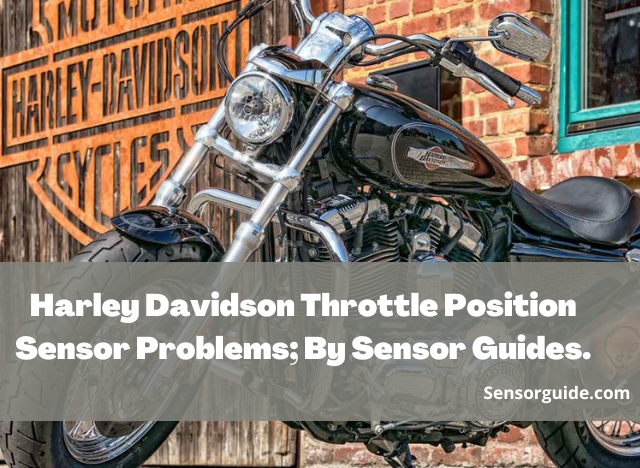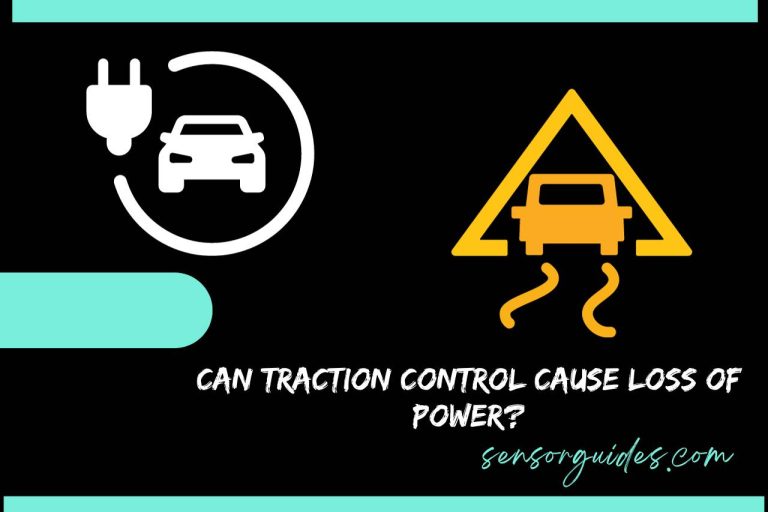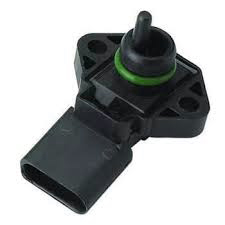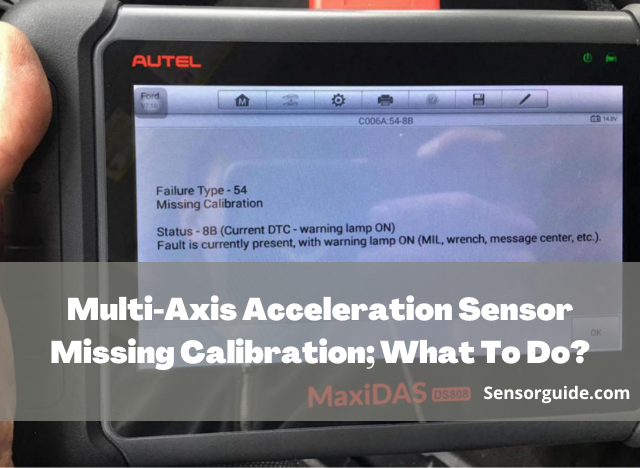How Oil Pressure Sensors Are Changing the Driving Game – 2024
The Heartbeat of Your Engine: Understanding Oil Pressure
Imagine your car’s engine as a strong yet complex machine. Just as our bodies need blood for sustaining various organs, your engine requires a vital fluid called oil that keeps every component working smoothly. Just like a weak pulse means that there are health problems, the pressure of oil in your engine tells an important story about the health of the engine.
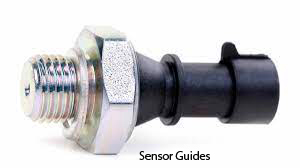
Why is Oil Pressure Important?
Imagine oil pressure as a guardian angel of your engine.It:
• Reduces friction: Oil forms a thin layer between moving members, reducing rubbing and preventing metal-on-metal contact that can cause catastrophic failure.
• Cools down the engine: In the process of circulation, oil absorbs heat that is produced by the combustion process of the engine thus preventing overheating and ensuring proper functioning.
• Cleans and protects: Oil removes very small metal particles and contaminants that can plug and destroy engine parts.
When oil pressure drops, what occurs?
As low blood pressure indicates underlying health problems in human, the low oil pressure is a very serious warning for your engine.It can signify:
• Oil leaks: Any leak anywhere in the oil system can lead to pressure drop, in turn depriving vital parts of lubrication and protection.
• Clogged oil filter: A filter that is dirty or clogged reduces oil flow, which results in low pressure, and may damage the engine.
• Worn engine components: The put on of engine components effects in gaps which permits oil to leak, affecting pressure tiers.
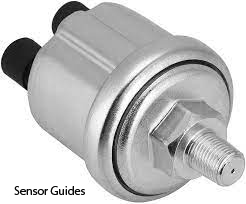
The Crucial Role of Oil Pressure Sensors in Engine Health
This is wherein the unsung heroes of engine fitness are available: oil pressure sensors. These small but powerful devices quietly watch oil strain on your engine and send out an alert ( usually via your vehicle’s warning light at the dashboard) if pressure falls beneath safe levels.
Basics of Oil Pressure
Having identified the significance of the oil pressure in the vehicle engine, it is time to awareness on the details. Strap yourself in, and put together to get to the bottom of the mysteries of this crucial device!
Engine Lubrication: Why It’s Essential
Picture a playground in which youngsters are seen swinging, sliding, and spinning on swings, slides, and merry-pass-rounds. Now imagine how messy it might be if there was no drop of oil on any of the transferring components! That is what occurs interior your engine if it isn’t nicely lubricated.
There are hundreds of metallic components for your engine that keep rubbing against each different, creating large friction.Without oil performing as a lubricating blanket, this friction could motive:
• Catastrophic wear and tear: Imagine metallic grinding against metal. The pistons, bearings, and different crucial components would quick put on out and motive engine failure.
• Overheating: The friction would bring about excessive warmness that would lead to overheating of the engine, as a consequence causing the engine to capture.
• Performance loss: More friction would motive the engine to work tougher to achieve the same strength, which could result in terrible gasoline consumption and negative performance.
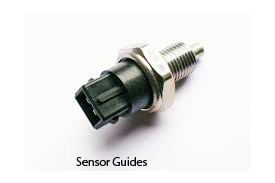
How Oil Pressure Ensures Smooth Engine Operation
Consider the oil stress as the energy of the oil’s superhero energy. It is the force that drives the oil via the engine’s complex network of channels, ensuring it reaches each corner.
The oil pump is just like the heart of this system, which constantly pumps oil at the proper pressure through the passages.This stress ensures:
• Consistent lubrication: Uniform oil distribution across all engine components, making sure even lubrication and protection.
• Efficient cooling: Sufficient stress ensures circulation, as a consequence allowing the elimination of warmth from all elements of the engine.
• Sealing gaps: Oil stress assists in filling micro gaps among the parts stopping the leak and retaining the precise oil level for the easy operation.
Anatomy of an Oil Pressure Sensor
Now that we understand the vital characteristic of oil strain in maintaining your engine’s properly-being, let’s introduce the silent parent overseeing this manner: the oil strain sensor.
Construction and Components: Inside the Sensor
Let’s look internal this little surprise and discover what makes it move.Imagine a small cylindrical device with these key additives:
• Diaphragm: The centerpiece of this sensor is a flexible membrane, that’s positioned at once in the oil stress inside the engine. Under growing strain, the diaphragm bends or deflects.
• Spring: This spiral-shaped component gives counter-strain to the diaphragm, functioning as a kind of ‘resistance gauge’. The spring resistance determines the stress threshold at which the sensor turns on.
• Electrical switch: This transfer is attached to the diaphragm and its popularity (open or closed) varies with the deflection of the diaphragm. The transfer flips while the strain is above the edge, sending an electrical sign.
• Electrical connector: This sends the signal from the transfer to the car’s pc, which turns on the warning mild if required.
Placement in the Engine: Ensuring Accurate Readings
To make certain most efficiency, the oil strain sensor wishes to be carefully located to give a specific and correct analyzing of the oil strain. It is commonly fed into a particular port in the engine block, regularly placed close to the oil clear out or pump. This placement lets in the sensor to directly experience the stress inside the number one oil passages.
Different Types of Oil Pressure Sensors and Their Functions
As superheroes have specific powers, so are the oil pressure sensors that are available in differing types with their own strengths and peculiarities.Let’s meet the main heroes:
• Mechanical Sensor: This time-tested, reliable type employs the diaphragm and spring mechanism discussed above. Its simplicity makes it robust and low priced, however it may be less sensitive than different kinds.
• Electronic Sensor: This modern version includes a piezoelectric crystal inside the diaphragm. When pressure causes the diaphragm to be bent, the crystal produces a voltage sign, which makes the studying more correct and instant.
• Analog Sensor: This form of strain transducer emits an electrical signal that fluctuates consistent with the pressure degree. This sign is interpreted by the auto’s computer to determine the exact strain stage.
• Digital Sensor: This modern-day choice transmits a digital sign with a direct pressure value, which does not require the auto’s laptop’s interpretation. It gives excessive accuracy and reliability.
Functionality and Operation: Demystifying the Oil Pressure Sensor’s Magic
Having spread out the mysteries of oil pressure sensors, let us undertaking into their top notch capacities and see how these small gadgets silently converse together with your vehicle’s engine, ensuring its smooth overall performance.
Real-Time Monitoring: How Oil Pressure Sensors Work
Consider a diligent detective constantly monitoring the strain on your engine’s oil arteries. This is exactly what the oil pressure sensor does. It runs 24-hours an afternoon, constantly monitoring the electricity of oil flowing thru the engine. All the variations of stress, small or big, are carefully recorded and analyzed.
The key gamers on this actual-time drama are:
• The Diaphragm: This membrane acts as a frontline hero of the strain sensor, which immediately feels the oil stress. With the increase in stress, the diaphragm bends or deflects and as a consequence gives a physical indication of the present oil waft.
• The Spring: This sturdy coil serves because the pressure gauge, offering resistance to the diaphragm’s bending. The stress fee at which the sensor triggers an alarm is determined with the aid of the strength of the spring.
• The Electrical Switch: Try to photo a microscopic on/off transfer connected to the diaphragm. When the strain exceeds the spring’s resistance and bends the diaphragm sufficient, the transfer adjustments, sending an electrical sign to the motor’s manage unit (ECU).
Signals to the Engine Control Unit (ECU): Maintaining Optimal Performance
Imagine the ECU as the brain of your car’s engine. The unswerving informant is the oil strain sensor that whispers the news about the oil pressure and glide.These vital signals permit the ECU to:
• Adjust engine overall performance: Using the pressure readings, the ECU can regulate gas injection, ignition timing, and different engine parameters to gain the exceptional performance in diverse driving situations.
• Activate variable valve timing (VVT): With many present day engines, VVT technology is used to maximise valve establishing and ultimate time for stepped forward gasoline performance as well as strength transport. The oil strain sensor is an important sensing device that gives records on which the ECU bases its manage of this gadget.
• Monitor engine health: The readings of the oil pressure need to be constant for a healthy engine. Any surprising drops or fluctuations can purpose warning lights to return on or maybe result in engine limp mode, which forces the driver to reply to capacity problems.
Warning Systems: Notifying Drivers of Potential Issues
The most essential function of the oil stress sensor is its function as a silent sentinel, continuously tracking for symptoms of misery. However, whilst pressure drops under safe limits, the sensor without delay switches its internal transfer to send a high precedence message to the ECU.This triggers the:
• Oil stress warning mild: This image lit in your dashboard is the sensor’s way of indicating that it wishes help. It shows a vital loss of oil pressure, supplying you with a cause to forestall riding and discover the problem.
• Engine limp mode: In greater severe instances, the ECU may want to interact limp mode, decreasing the engine strength and preventing further harm. This is a strong deterrent which will go and feature your car inspected right away.
Discovering the mysteries of oil pressure sensors and their complex speak with the ECU well-knownshows why they may be essential for keeping your engine’s health. Ignoring their warnings may want to lead to expensive upkeep or maybe engine harm. Let’s travel this new journey together, in which we are able to explore the factors contributing to oil pressure and provide you with troubleshooting guidelines to be able to maintain your engine running easily!
Conclusion: Your Engine’s Silent Guardian
As we assignment into the complicated world of oil strain sensors, revealing their secrets and appreciating their important role to your automobile’s engine health, those tiny sentinels become silent. They cautiously display the lifeline of your engine, making sure easy operation and defensive it from viable damage. Remember, they serve as your engine’s quiet protectors, softly issuing warnings before troubles rise up. Listen to their whispers, and your car will purr luckily for plenty more years to come.
FAQs:
How often have to I screen my oil strain?
• It is beneficial to test your oil stage (in a roundabout way showing pressure) earlier than each lengthy trip or at least once a month. For unique suggestions, seek advice from your automobile’s guide.
If my oil stress caution light comes on, what need to I do?
• You ought to forestall driving without delay, flip off the engine, after which test your oil stage. If the extent is low, upload oil (as in line with your guide) and pressure it carefully to a mechanic. If the extent is satisfactory, get your automobile checked by using a mechanic as fast as viable.
What results in low oil pressure?
• Some of the commonplace reasons include low oil stage, worn engine parts, clogged oil clear out, faulty oil pump, leaks, and incorrect oil viscosity.

